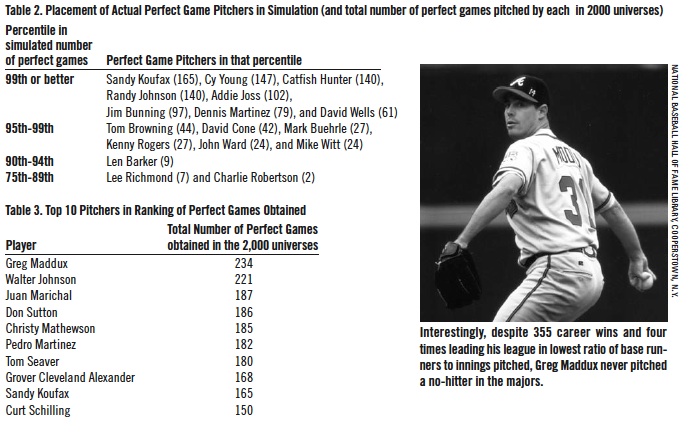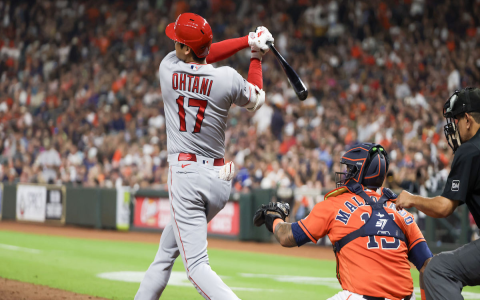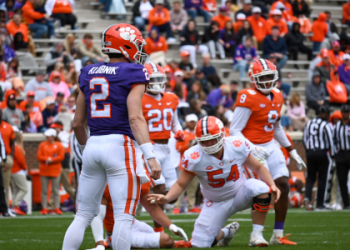Alright, let’s talk about something that used to trip me up quite a bit when watching baseball: the difference between a no-hitter and a perfect game. For the longest time, I kinda used them interchangeably, or at least nodded along pretending I knew the subtle difference. Sounded similar enough, right? Both mean the pitcher did something amazing. But they’re definitely not the same thing, and figuring it out was one of those little “aha!” moments for me.

So, I finally decided to actually get it straight in my head. I think I was watching some highlights show, and they made a big deal about one versus the other, and I felt a bit silly not really knowing. My process was pretty simple, really just paying closer attention and maybe looking it up quickly during a commercial break.
Digging into the No-Hitter First
Okay, so the no-hitter. This one’s exactly what it sounds like on the surface. The pitcher, or sometimes a combo of pitchers, goes the entire game (at least nine innings) without giving up a single hit to the other team. Zero hits on the scoreboard for the opponents.
But here’s the part that used to confuse me: just because there are no hits doesn’t mean the other team didn’t get anyone on base. This is the key I finally grasped. A pitcher can still throw a no-hitter even if:
- They walk batters (base on balls).
- A batter gets hit by a pitch.
- A batter reaches base because of an error by the defense.
- Someone gets on base via a fielder’s choice (though usually, this involves a preceding runner who reached base via walk/error/HBP).
- A batter reaches base after striking out, but the catcher drops the third strike and the runner makes it to first safely.
So, you see, the bases might not be empty. Runners can get on base in a no-hitter, just not via a batted ball that counts as a hit. It’s still an incredible feat for the pitcher, shutting down the bats completely.
Then Comes the Perfect Game
Now, the perfect game… this is like the Mount Everest of pitching achievements. It’s rarer, much rarer. A perfect game is a no-hitter, but it goes a huge step further.

To pitch a perfect game, a pitcher (or pitchers, though it’s almost always a single pitcher) must retire every single batter they face for the entire game. That means:
- No hits. (Just like a no-hitter)
- No walks.
- No hit batsmen.
- No errors allowing a batter to reach base.
- Nobody reaches base for ANY reason.
Basically, it’s 27 batters up, and 27 batters down (for a standard 9-inning game). Absolute perfection. Nobody from the opposing team ever sets foot on first base. When you hear “perfect game,” think flawless. No mistakes, no free passes, nothing.
So, the big takeaway for me was realizing that while both are amazing, the perfect game demands absolute control and often a bit of luck with defense, leaving no room for any baserunners. A no-hitter is incredible, but allows for those other ways guys can get on base. It took me a while to cement that distinction, just through watching and paying attention to how runners (if any) got on base during those special pitching performances. Now, when I hear the terms, I know exactly the level of dominance we’re talking about. Simple difference, really, once I stopped just glazing over it!





